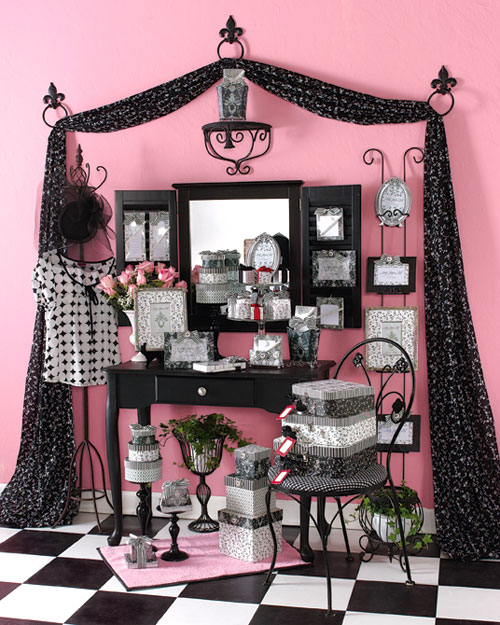By Amber Christian, Stockabl
Early on during the pandemic, supply and shipping were constant challenges. This year, the pandemic has brought a new chapter into focus: inflation. According to Pew Research, the consumer price index annual inflation rate in May was at 8.6%. This is its highest level since 1981.
We asked Smart Retailer readers what they are experiencing. We found consistent support that inflation is proving to be a challenge.
Nancy Figg from Country Corner Craft & Antique Mall in Chillicothe, Missouri, said, “Costs have risen significantly. Plus, most wholesale distributors are adding on an additional 5% to 15% ocean container surcharge to whatever your order total is. Then add the increased shipping costs due to rising fuel costs. … It is getting bad.”
Darrel Wood from Seguin Gardens in Cicero, Illinois, said, “The rise in prices has pushed some products out of being practical for our location, as we are not in a high-end suburb and need to be more price conscious.”
Click here for more ways to combat small business inflation.
Don’t Be Afraid To Pivot
Inflation is a tricky challenge to address. There are several underlying causes. Good business challenges often require a bit of ingenuity. Handmade makers are on the front lines of creating product, and they have also had to work through supply shortages and price increases. We looked to makers to see what lessons we can draw from them in how they are fighting inflation.
“I have run into supply issues for specific pieces of my products like earring findings. Connecting with a community of makers through Facebook groups and forums has been invaluable to my business. These other makers are quick to offer alternative suppliers to stores like Amazon or Michaels. They also provide tips, and tricks, and support,” said Garon Kae, Lakeside Creative (lakesidecreative.co).
Dani from Glassy Leaf Patterns (etsy.com/shop/glassyleaf) has observed price volatility and stock challenges and said, “The key is to turn to smaller sellers who still have stock of those items. I have to pay retail prices, but at least it keeps me going. My advice to other people who are unable to get supplies is to go to eBay and Etsy. Smaller companies prefer to sell on eBay and Etsy, so the prices are still fairly normal there.”
Jelena from Buckaroo Bling (stockabl.com/maker/buckaroo-bling/) is trying to create a win-win for her business and retailers. “What I have done is offer my older collections (where I have only one to five pieces remaining for each particular design) at cost to my wholesale buyers. This allows me to start concentrating on marketing only my new collections and best-sellers once these pieces are gone,” she said.
Next Steps
Borrowing from the lessons learned from makers provides several ideas to consider:
1. Join a community. Should you be participating more in local business organizations or in online forums? These are great places to get tips and tricks and find creative approaches.
2. Work with makers. See if they have excess inventory they want to move. This could be a great way to test out new makers and to keep building your relationships with local makers.
3. Flip the script. You are the expert on what kind of items sell well in your business. You know what price points do and do not work. Are you combing different sites to try to find something in the price range you need and getting frustrated? Why not be proactive about the process? Sites like Stockabl (stockabl.com/SmartRetailer) have options to help. You can ask us to be your personal shopper and give you ideas based on the products you need. You can put forward an open call. These allow you to potentially have products made within the price range you are seeking. This is a great way to get unique inventory for your shop. And it allows you to build relationships with makers. There are many ways to create win-win relationships.
Inflation is a huge challenge right now. A little bit of ingenuity and creativity can bring forward new solutions. Planning will continue to be important to give time to bring new solutions to fruition.
Click here for more ways to combat small business inflation.









